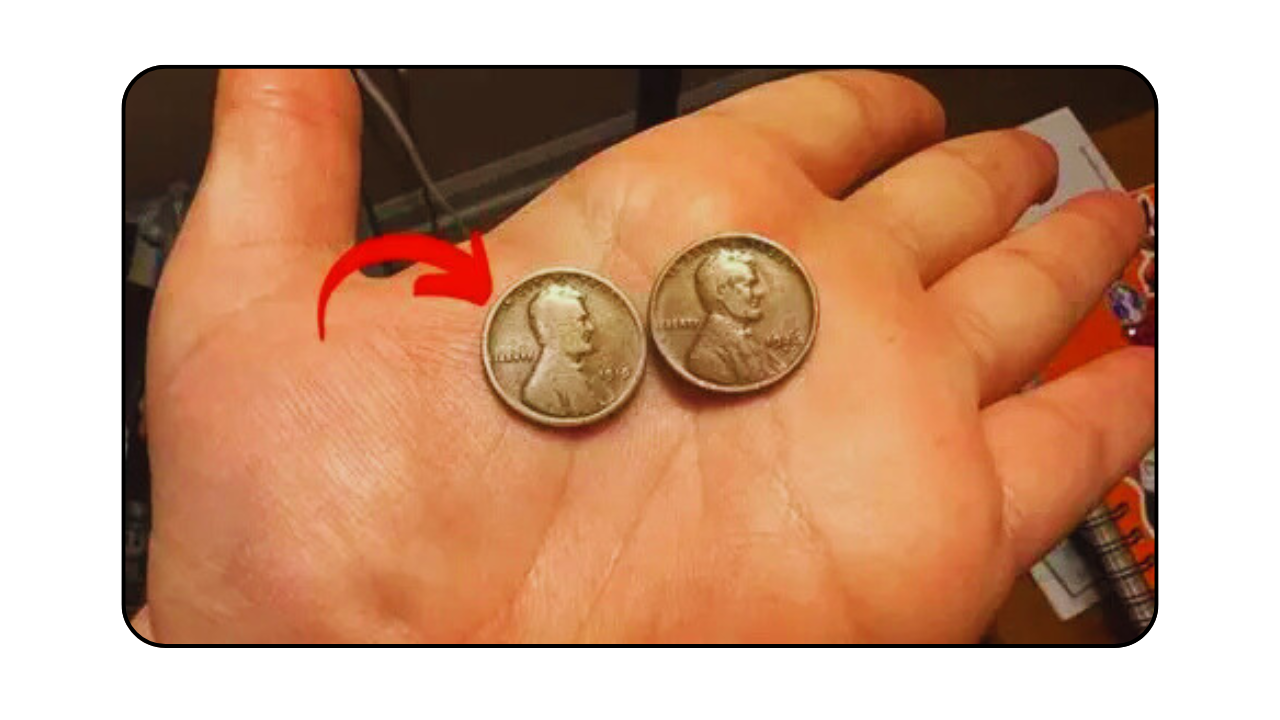$158 Million Penny Hiding in Your Pocket: Could a penny in your pocket be worth $158 million? The Lincoln Wheat Penny, minted from 1909 to 1958, is a collector’s favorite, but claims of one fetching $158 million are likely overblown. Still, some rare versions, like the 1943 bronze penny, have sold for millions, with one reaching $1.7 million in 2010 and valued up to $4.4 million today. These coins, tied to a World War II minting error, are super rare and could still be out there. Here’s how to spot one, why they’re so valuable, and where you might find a fortune.
A Tiny Coin with a Big Story
The Lincoln Wheat Penny, first made in 1909 to honor Abraham Lincoln’s 100th birthday, shows his profile on the front and two wheat stalks on the back. During World War II, the U.S. Mint switched to steel pennies in 1943 to save copper for the war. By mistake, a few bronze pennies were stamped, creating one of the rarest coins ever. Only about 15-20 of these 1943 bronze pennies exist, making them a collector’s dream. One sold for $1.7 million in 2010, and experts estimate a perfect one could be worth $4.4 million, though $158 million claims lack proof.
How to Spot a Million-Dollar Penny
Finding a rare 1943 bronze penny takes a careful eye. Here’s what to check:
- Look at the date: It must say “1943.”
- Test with a magnet: Steel pennies stick; bronze ones don’t.
- Check the color: Bronze pennies are reddish-brown, not silver-gray.
- Weigh it: Bronze pennies are 3.11 grams; steel ones are 2.7 grams.
- Find the mint mark: Look for “D” (Denver) or “S” (San Francisco) under the date. The 1943-D is the rarest.
If you spot a copper-colored 1943 penny, don’t clean it—cleaning can ruin its value. Take it to a pro at PCGS or NGC for authentication, as fakes are common.
Why These Pennies Are Worth Millions
The 1943 bronze penny’s value comes from its rarity and wartime backstory. With only a handful known, collectors compete fiercely, driving prices up. A 1943-D bronze penny is the rarest, with just one confirmed, valued at $1.7-$4.4 million in top condition. Other rare Wheat Pennies, like the 1909-S VDB ($2,000-$100,000) or 1955 Double Die ($20,000-$125,000), also fetch big bucks due to low mintage or errors like doubled dates. The $158 million figure seems like hype, with no auction records supporting it, but even $100,000 is life-changing.
Where Could They Be Hiding?
These valuable pennies could be anywhere—in your change, old jars, or family collections. A teen found a 1943 bronze penny in his lunch change in 1947, later sold for $204,000. Another was discovered in a Massachusetts coin box in 2019, worth over $200,000. Check piggy banks, coin rolls from banks, or flea markets. With billions of pennies still out there, a rare one might be waiting. Coin shops or online sites like eBay are good hunting grounds, but watch out for scams selling fake rarities.
Tips to Start Your Treasure Hunt
Ready to search? Grab a magnifying glass and inspect your pennies. Look for 1943 dates, copper color, and mint marks like “D” or “S.” Use a magnet to test if it’s steel or bronze. Store any suspicious coins in a plastic holder to protect them, and never clean them. Get them graded by trusted services like PCGS or NGC to confirm they’re real. Join coin clubs or check forums for tips on spotting fakes. Even if you don’t find a $4.4 million penny, lesser rarities like a 1914-D ($158,625 in 2018) could still bring thousands.
|
Feature |
Details |
|---|---|
|
Date |
1943 (Bronze Error) |
|
Mint Marks |
D (Denver), S (San Francisco) |
|
Material |
Bronze (Copper), not Steel |
|
Weight |
3.11 grams (Bronze), 2.7 grams (Steel) |
|
Value |
$100,000-$4.4 million (Not $158 million) |
The Lincoln Wheat Penny proves even a penny can be a treasure. While $158 million is likely a myth, a 1943 bronze penny could still make you rich, with values up to $4.4 million. Check your change, old jars, or grandpa’s coin collection—you might be holding a fortune. Take a second look at those pennies before spending them!

